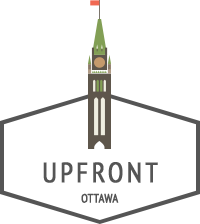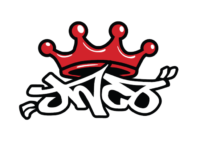What so many people don’t realize about the way the fashion industry currently operates is that it’s drastically unhealthy, and even I was shocked to learn the extent of the ‘fast fashion’ obsession so many retail stores are guilty of. The mainstream fashion industry of today relies on global mass production in which clothing is made and being sold on the retail floor within days. Of course, this is hugely convenient, but awful when considering the effects of this. A constant flow of natural resources is being used to produce these garments, and this therefore contributes to the depletion of fossil fuels. Not only this, but freshwater reservoirs are also being diminished for cotton crop irrigation. The ‘fast fashion’ industry also uses a whole host of man-made compounds, including synthetic fibres and pesticides, which has increased their presence in nature. On a larger scale, forests and eco-systems are being destroyed for things like fibre production, which then leads to issues like droughts and even climate change. Basically, things need to change – and soon.
The Slow Fashion Movement is the representation of all things eco-friendly and ethical, and was coined by the genius Kate Fletcher from the Centre for Sustainable Fashion. Carl Honoré, the author of ‘In Praise of Slowness’, said that the ‘slow approach’ is a revolutionary process because it encourages quality production, product value, and care for the environment. In order for Slow Fashion to become popular as a sustainable fashion model, a team of three researchers from Sweden have recommended that “Slow Fashion Values” should be used to guide the supply chain. They did this in order to spark interest and conversation from manufacturers, retailers and designers. Here are a few of the most significant ones.
Seeing the Big Picture
Slow Fashion producers encourage us to see the big picture and really recognize that the movement affects the environmental and social system in a hugely positive way. The more the public realize this, the huger the Slow Fashion Movement will be.
Slowing Down Consumption
Decreasing the production of fashion will reduce raw materials, and will therefore allow the Earth’s regenerative capabilities to occur. This will transform fashion production into a healthy rhythm, and take away the pressure on natural cycles.
Respecting Others
The Slow Fashion Movement is the best way to ensure the fair treatment of workers around the world. Some brands have even joined the Asian Floor Wage Allowance and the Ethical Trading Initiative, among others. Too many people worldwide are being exploited and treated unfairly in order to cater for the first word’s ‘Fast Fashion’ obsession, but Slow Fashion aims to combat that.
Building Relationships
The collaboration involved in the Slow Fashion Movement is a great way of building lasting relationships, which will then make the movement even stronger. Strong relationships between producers and co-producers is vital in slow fashion.
Resourcefulness
The brands taking part in the Slow Fashion Movement focus on using as many local materials and resources as they can, which is great news for small businesses.




